The Fascinating World of Foxes: Behavior, Ecology, and Conservation
Introduction: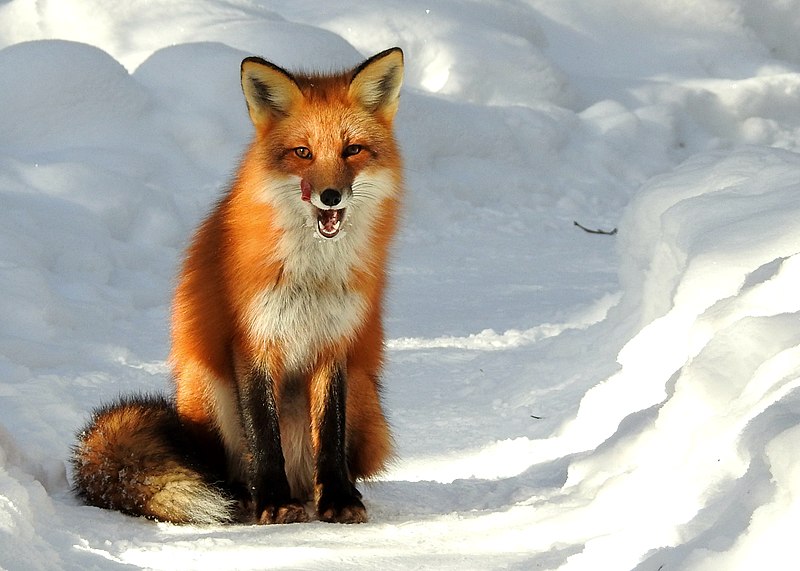
Foxes, members of the Canidae family, are renowned for their cunning intelligence, adaptability, and widespread distribution across diverse habitats worldwide. From the Arctic tundra to urban landscapes, foxes have captured the imagination of humans for centuries. This essay explores the captivating world of foxes, delving into their behavior, ecology, and the conservation challenges they face in an ever-changing environment.
Understanding Fox Diversity:
The term "fox" encompasses a diverse group of species belonging to the genus Vulpes. While the red fox (Vulpes vulpes) is the most widely recognized species, there are several other members of the genus, each adapted to specific habitats and ecological niches. These include the arctic fox (Vulpes lagopus), swift fox (Vulpes velox), gray fox (Urocyon cinereoargenteus), and kit fox (Vulpes macrotis), among others.
Behavioral Adaptations:
Foxes exhibit a remarkable array of behavioral adaptations that enable them to thrive in various environments. Their keen senses of sight, smell, and hearing aid in hunting prey and avoiding predators. Foxes are primarily crepuscular or nocturnal, meaning they are most active during dawn, dusk, or nighttime, although some species, like the red fox, may also be diurnal.
Foxes are opportunistic omnivores, with diets varying based on habitat and food availability. They prey on small mammals, birds, insects, and scavenged carrion, supplemented with fruits, berries, and vegetation. Their ability to adapt their diet to seasonal changes and local conditions contributes to their ecological success.
Social Structure and Communication: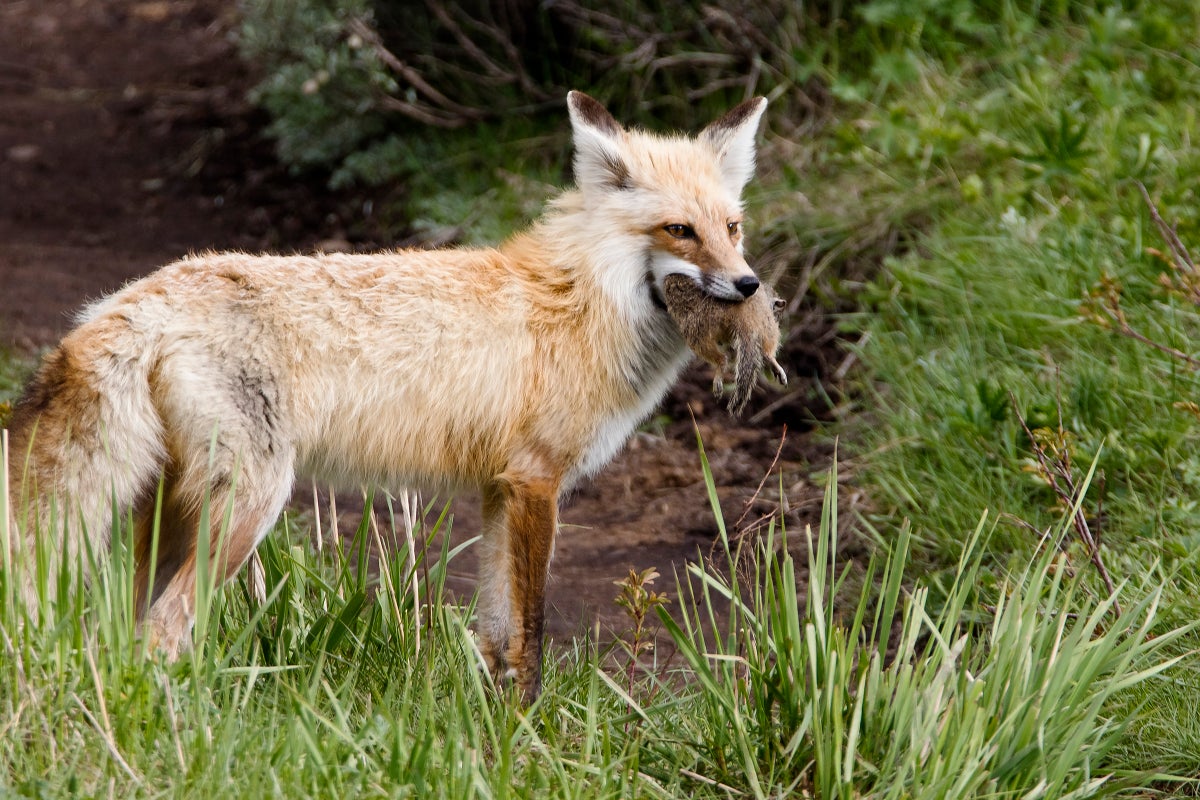
Foxes exhibit diverse social structures, ranging from solitary individuals to complex family groups. Red foxes, for example, typically form monogamous pairs during the breeding season, with both parents participating in raising their offspring. In contrast, arctic foxes may form large communal dens, where multiple females cohabitate and assist in caring for the young.
Communication among foxes is multifaceted and includes vocalizations, body language, and scent marking. Vocalizations range from high-pitched barks and yips to growls and screams, serving various purposes such as territorial defense, mating, and social interactions. Scent marking, through urine and feces, helps delineate territory boundaries and convey reproductive status.
Ecological Roles:
Foxes play crucial ecological roles in their respective habitats. As mesopredators, they regulate prey populations, helping maintain ecosystem balance. By controlling rodent populations, foxes indirectly benefit plants and other wildlife species. Additionally, foxes serve as hosts for certain parasites and pathogens, playing a role in disease dynamics within ecosystems.
Foxes are also keystone species in some environments, influencing plant communities through their hunting behavior. For instance, in the Arctic tundra, arctic foxes prey on lemmings, whose grazing habits affect vegetation composition. By controlling lemming populations, arctic foxes indirectly influence plant diversity and distribution in the tundra ecosystem.
Conservation Challenges: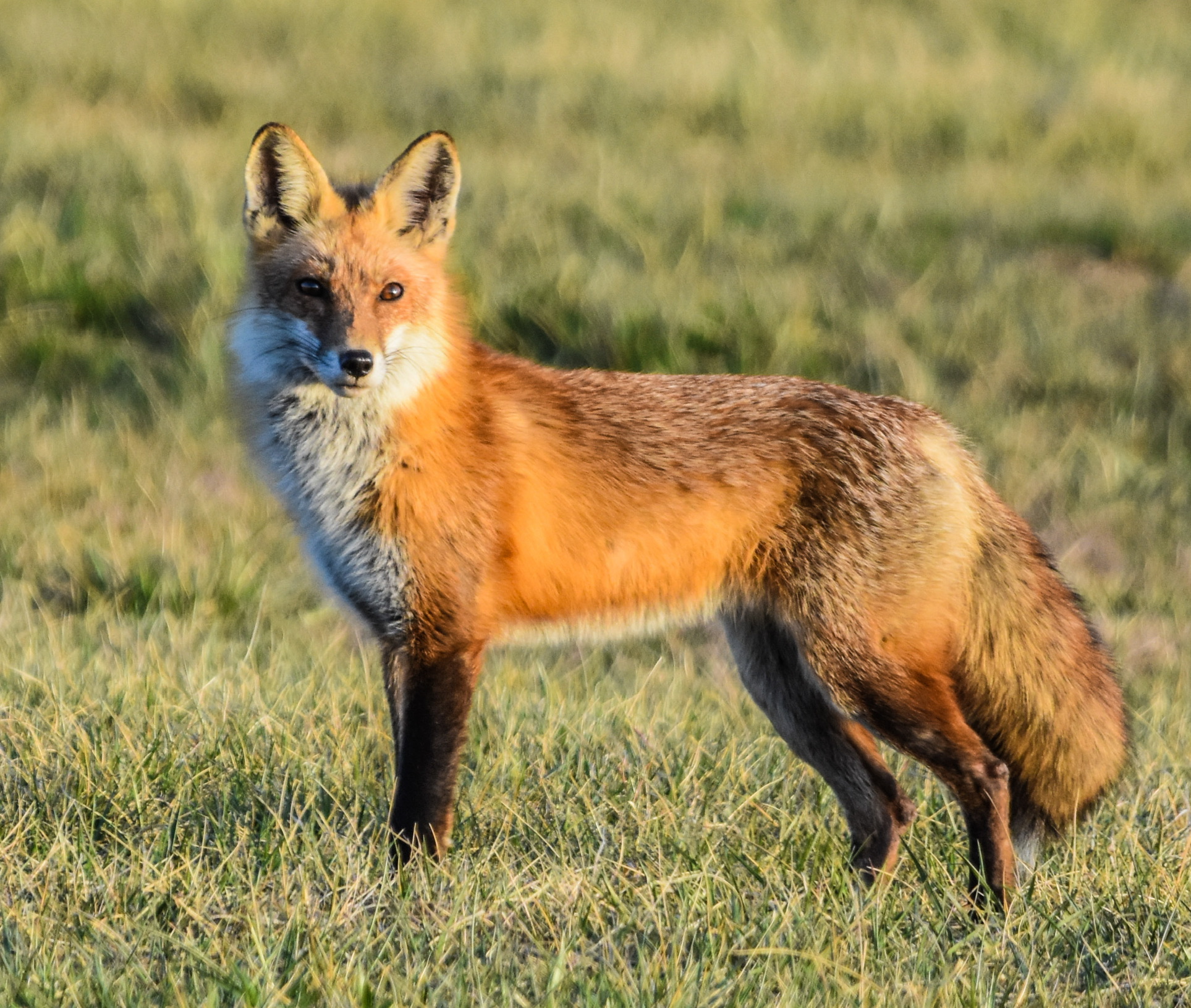
Despite their adaptability, foxes face numerous conservation challenges worldwide. Habitat loss and fragmentation due to human activities, such as urbanization, agriculture, and deforestation, threaten fox populations across their range. Fragmentation of habitat can isolate populations, reduce genetic diversity, and increase susceptibility to diseases and other threats.
Human-wildlife conflict poses another significant challenge for fox conservation. In rural areas, foxes may prey on livestock, leading to conflicts with farmers and ranchers. In response, foxes may be targeted through trapping, poisoning, or hunting, resulting in population declines and localized extinctions.
Moreover, climate change presents additional threats to fox populations, particularly species adapted to cold environments. Warming temperatures and changes in precipitation patterns can alter habitat suitability, disrupt prey availability, and increase competition with other species. Arctic foxes, for example, rely on sea ice for hunting seals and seabirds, making them vulnerable to sea ice loss resulting from climate change.
Conservation Strategies: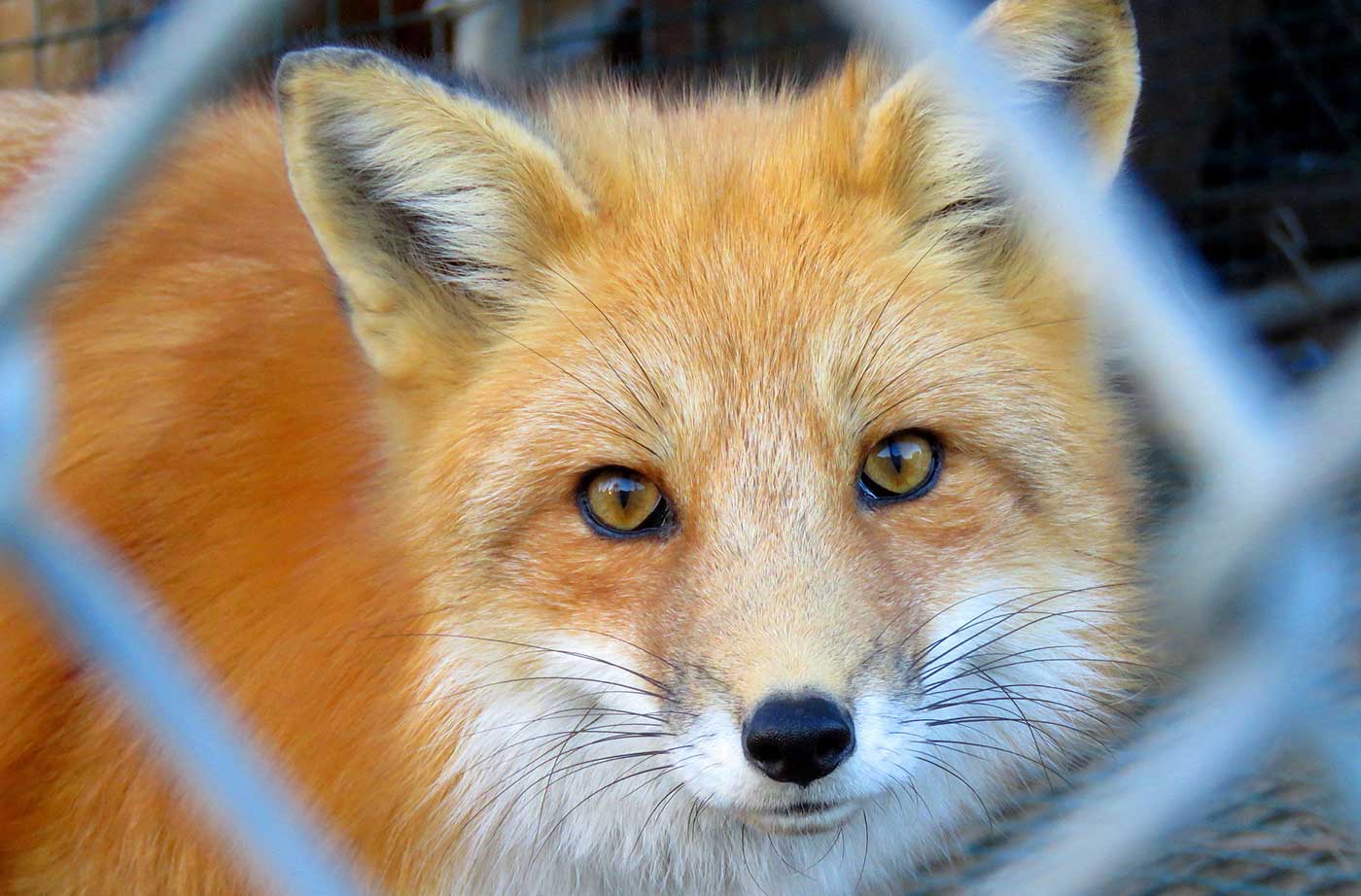
Efforts to conserve fox populations require a multi-faceted approach that addresses habitat protection, human-wildlife conflict mitigation, and climate change adaptation. Protected areas and wildlife corridors can help preserve critical fox habitats and facilitate movement between fragmented populations. Habitat restoration projects, such as reforestation and wetland conservation, can enhance habitat quality and connectivity for foxes and other wildlife.
Implementing non-lethal methods to mitigate human-wildlife conflict is essential for promoting coexistence between foxes and human communities. These methods may include employing guard animals, such as livestock guardian dogs, to deter fox predation on livestock, implementing fencing and secure enclosures, and providing compensation programs for farmers who incur losses due to wildlife depredation.
Furthermore, addressing the root causes of climate change through greenhouse gas emissions reduction and promoting sustainable land management practices is crucial for mitigating its impacts on fox populations. Supporting research initiatives to monitor fox populations, assess habitat quality, and understand the effects of climate change can inform evidence-based conservation strategies.
Foxes are fascinating creatures that have adapted to a wide range of environments and play vital ecological roles. However, they face numerous conservation challenges, including habitat loss, human-wildlife conflict, and climate change. By implementing proactive conservation measures that prioritize habitat protection, conflict mitigation, and climate change adaptation, we can ensure the long-term survival of fox populations and preserve their ecological contributions for future generations to appreciate and enjoy.
In addition to the broader conservation efforts outlined, there are specific actions that can be taken to address the conservation needs of individual fox species. For example, in regions where red fox populations are declining due to habitat loss and human encroachment, targeted conservation initiatives could focus on creating wildlife corridors and protected areas to maintain connectivity between fragmented habitats. For arctic foxes, which are particularly vulnerable to climate change impacts, conservation efforts may include monitoring population trends and sea ice extent, as well as implementing measures to mitigate human disturbance in sensitive Arctic ecosystems. Captive breeding and reintroduction programs could also be considered in areas where local extinctions have occurred.
For arctic foxes, which are particularly vulnerable to climate change impacts, conservation efforts may include monitoring population trends and sea ice extent, as well as implementing measures to mitigate human disturbance in sensitive Arctic ecosystems. Captive breeding and reintroduction programs could also be considered in areas where local extinctions have occurred.
Community engagement and education are essential components of successful fox conservation efforts. By raising awareness about the ecological importance of foxes and promoting coexistence between humans and wildlife, local communities can become partners in conservation initiatives. Education programs in schools, community workshops, and outreach events can help foster a sense of stewardship and appreciation for foxes and their habitats.
Collaboration between governments, non-governmental organizations (NGOs), researchers, and local communities is crucial for the effective implementation of conservation strategies. By pooling resources, sharing expertise, and coordinating efforts, stakeholders can maximize the impact of conservation interventions and address the complex challenges facing fox populations.
In addition to conservation efforts, scientific research plays a vital role in advancing our understanding of fox ecology, behavior, and conservation needs. Long-term monitoring studies, genetic analysis, and ecological modeling can provide valuable insights into population dynamics, habitat requirements, and the impacts of environmental changes on fox populations. This knowledge can inform evidence-based conservation decisions and guide management actions to ensure the persistence of fox populations in the face of ongoing threats.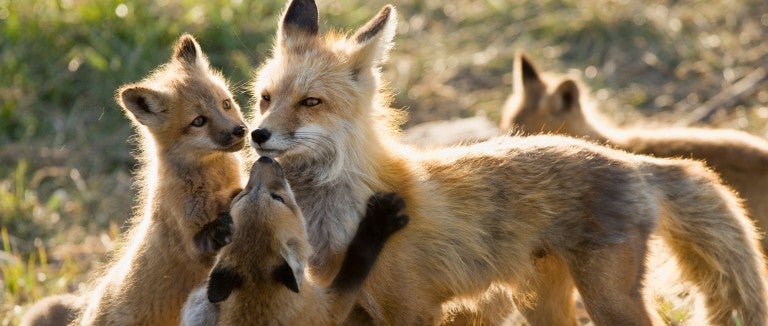 In conclusion, the conservation of foxes requires a holistic and collaborative approach that addresses the multiple factors contributing to their decline. By protecting habitat, mitigating human-wildlife conflict, addressing climate change, and engaging local communities, we can safeguard these charismatic and ecologically important species for future generations. Foxes serve as indicators of ecosystem health and biodiversity, and their conservation is essential for maintaining the integrity and resilience of ecosystems worldwide. Through concerted efforts and collective action, we can secure a brighter future for foxes and the ecosystems they inhabit.
In conclusion, the conservation of foxes requires a holistic and collaborative approach that addresses the multiple factors contributing to their decline. By protecting habitat, mitigating human-wildlife conflict, addressing climate change, and engaging local communities, we can safeguard these charismatic and ecologically important species for future generations. Foxes serve as indicators of ecosystem health and biodiversity, and their conservation is essential for maintaining the integrity and resilience of ecosystems worldwide. Through concerted efforts and collective action, we can secure a brighter future for foxes and the ecosystems they inhabit.




































